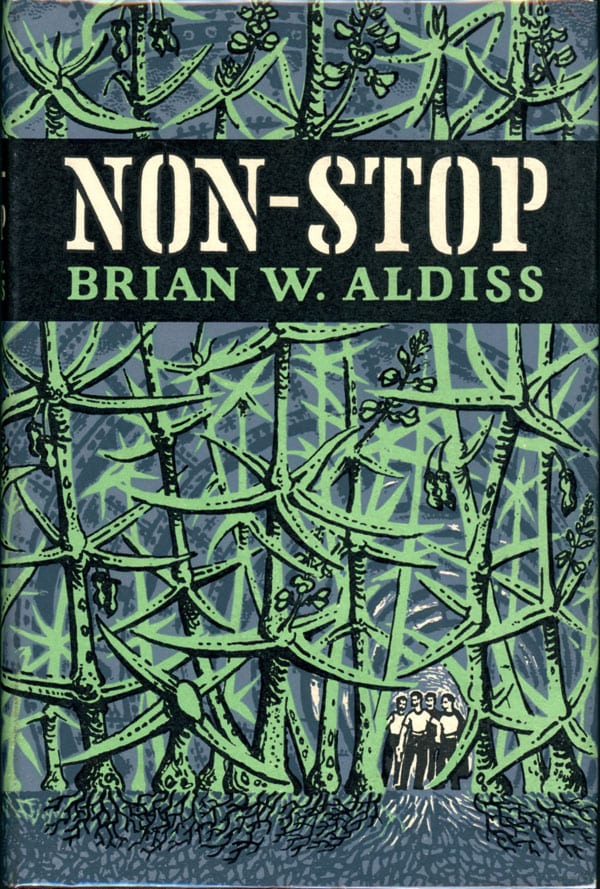R.C. Harvey is here to commemorate Dick Locher, the longtime political cartoonist and Dick Tracy artist.
One of the nation’s great cartoonists is dead. You can deny it if you want. I tried. But it didn’t help. Richard E. Locher, 88, died of complications from Parkinson’s disease Sunday, August 6, at Edward Hospital in Naperville, the Chicago Tribune reported. He had lived in Naperville for more than 45 years.
“Dick was one of the best cartoonists in the nation,” said Tribune Editor and Publisher Bruce Dold. “He was also one of the nicest people who ever walked through the Tribune newsroom. I most admired the richness of detail in his drawings. His work was funny and incisive, and his message often carried a hard pop, but his artwork was always incredibly elegant.”
For almost thirty of his four-plus decades as a cartoonist, Dick Locher simultaneously went after corruption and criminality among politicians in his political cartoons and slightly more overt outlawry in the Dick Tracy comic strip.
Locher was one of the merest handful of newspaper cartoonists who did both editorial cartooning and comic strip cartooning: he started doing political cartoons for the Chicago Tribune in 1972; he inherited the iconic cops-and-robbers comic strip a decade later. He drew them simultaneously for 28 years, rendering the strip in a markedly different style than his editoons.
Meanwhile, elsewhere:
—Interviews & Profiles. The latest guest on Inkstuds is Ben Passmore, and the latest guest on RiYL is Katie Skelly. And Sean T. Collins and Julia Gfrörer appear on the Graphic Policy podcast to discuss their anthology, Mirror Mirror II.
—Reviews & Commentary. Caleb Orecchio talks about being inspired by Eleanor Davis.
I’m not trying to preach or sound like I have THE answers, but what I like about Davis’ recent book is the fact that it is drawn. It’s not inked with a brush with every stroke carefully crafted and feathered. It’s just drawn. Ever seen a Brian Chippendale comic? He just draws them (mostly). Crumb? Moebius? (Conflict of interest warning:) Frank Santoro? Just drawn. I like “professionally” inked comics and comics where traditional craft is essential, but there is an immediacy that is stripped at every step of the process. It’s like going acoustic, once you add a drum kit, you have to turn up the volume on everything else and the intimacy gradually is drowned out.
Susan Doll writes about the connection between Charlie Chaplin and the cartoonist Ralph Barton.
On May 19, 1931, Ralph Barton shot himself in the temple, committing suicide at age 39. He left a suicide note, which he labeled “Obit.” In the note, he singled out his third wife, Carlotta Monterey, as the only woman he had ever loved, though he had cheated on her. She had caught him in the act and divorced him. By the time of his suicide, “his angel” Carlotta had married renowned playwright Eugene O’Neill. Though Barton does not blame Carlotta, or say anything negative about her, the O’Neills were embarrassed and irritated by his comments, which were recounted endlessly in the press. I can’t help but think that Barton had intended this outcome for reasons he took to his grave. Carlotta’s associates speculated that Barton resented the actress for marrying someone more successful than he was.







